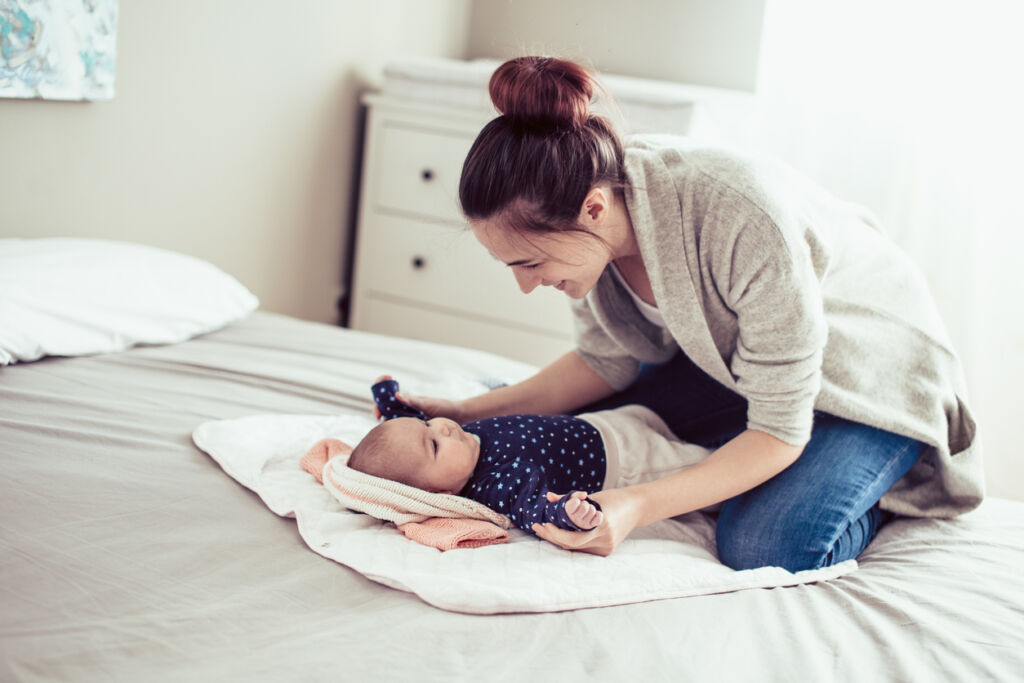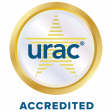
Sharing a Room With Your Baby
The American Academy of Pediatrics (AAP) recommends keeping your baby’s sleep area in the same room where you sleep for at least the first six months. Place your baby’s crib, bassinet, portable crib or play yard in your bedroom close to your bed.
The AAP recommends room sharing because it can decrease the risk of Sudden Infant Death Syndrome (SIDS) by as much as 50%, and it’s much safer than bed sharing. Room sharing will also make it easier for you to feed, comfort, and watch your baby.
Keep soft objects and loose bedding out of your baby’s sleep area.
These objects can increase your baby’s risk of entrapment, suffocation or strangulation. This includes pillows and pillow-like toys, quilts, comforters, mattress toppers, non-fitted sheets, blankets, toys, bumper pads or related products that attach to crib slats or sides.
Don’t use weighted blankets, sleepers, swaddles or other weighted objects on or near your baby.
If you’re worried about your baby getting cold, you can dress them in layers of clothing or use a wearable blanket. In general, you should dress your baby in only one layer more than you’re wearing.
Don’t let your baby get overheated.
Overheating can increase the risk of SIDS. Your baby only needs one more layer than you would wear in the same environment to be comfortable.
- Check your baby for signs of overheating, such as sweating, a hot chest or flushed skin.
- Don’t put a hat on your baby while indoors once you’re home from the hospital.
For more ways to reduce the risk of SIDS, see “More Ways to Lower the Risk of Sudden Infant Death Syndrome (SIDS).”






